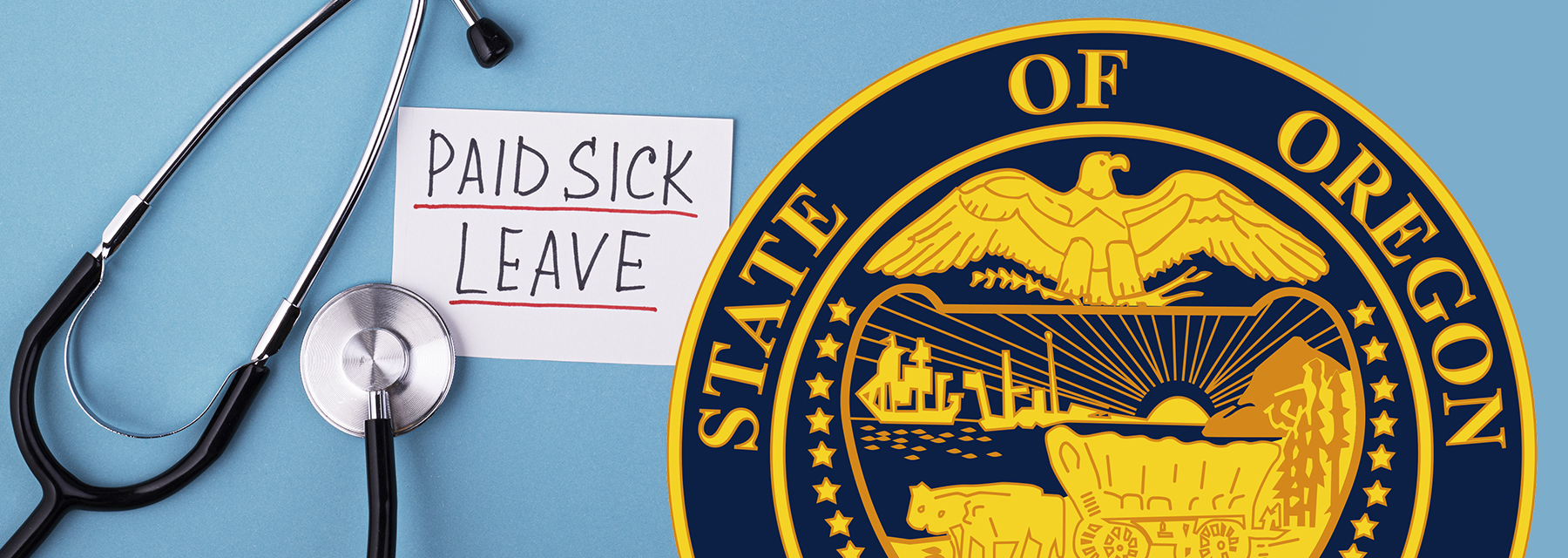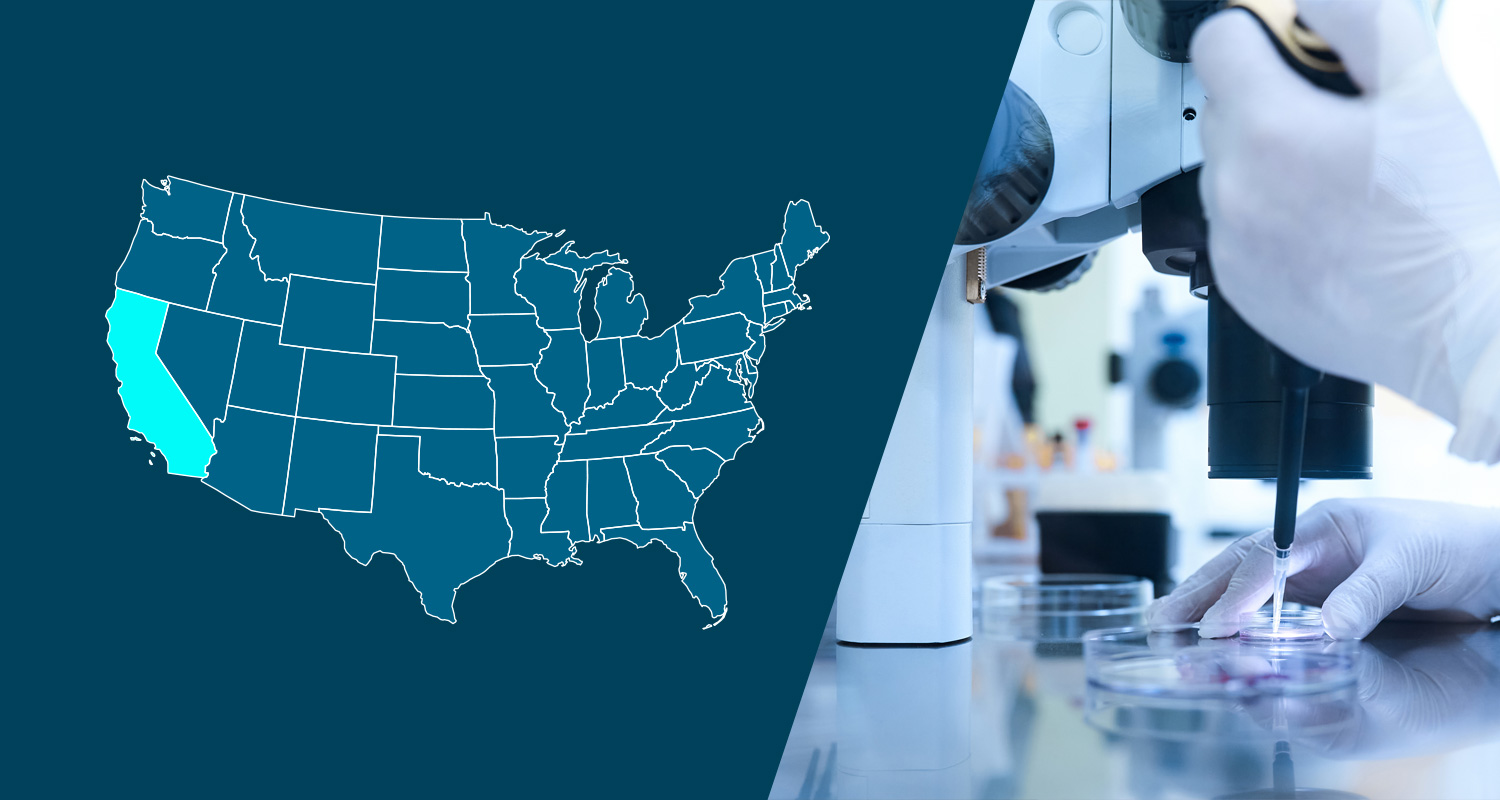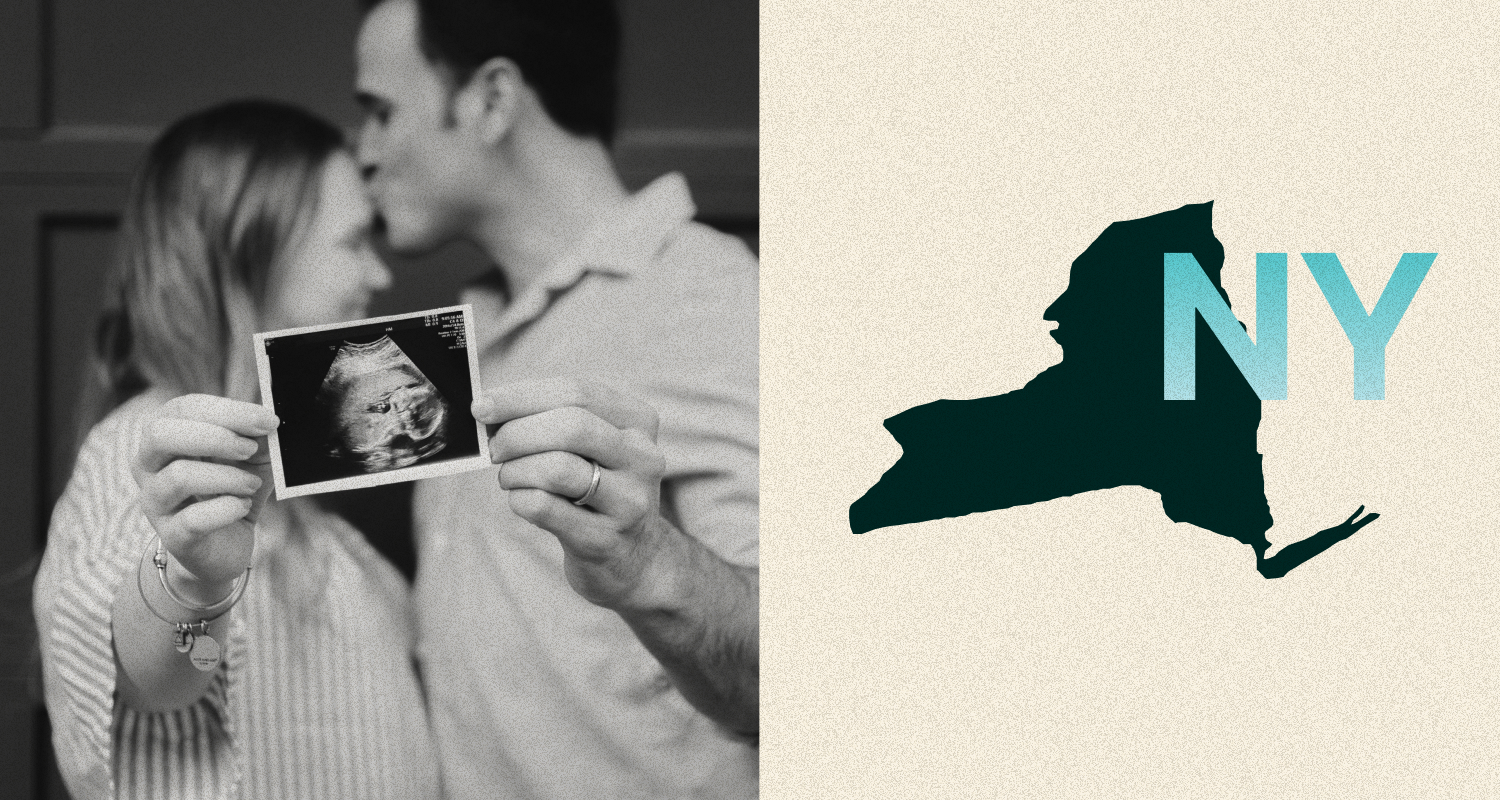At the end of the 2021 legislative session Governor Kate Brown signed Oregon HB 3398, officially changing the implementation timeline of Oregon’s Paid Family and Medical Leave Insurance (PFMLI) program. With the new law, PFMLI contributions will begin January 1, 2023 and individuals will be able to use the program starting September 3, 2023. This also delays when employer need to distribute the required notice of rights to January 1, 2023.
Sequoia One Clients ONLY: As these requirements become effective, your HRBP will be able to assist you with PFMLI employee leave requests and your Sequoia One Payroll team will assist you with the withholding of employee contributions. In addition, the Sequoia One on-boarding portal will be updated to inform your employees about PFMLI program requirements and tax obligations. Please reach out to your HRBP with any questions.
Timeline
| Date | Event |
| 1/1/2023 | Employer notice obligations begin |
| 1/1/2023 | Employer contributions begin |
| 9/1/2023 | Eligible employees can start applying for leave benefits |
Overview of Oregon’s PFMLI Program
Who is a Covered Employer?
All employers, including out-of-state employers, with at least one employee working in Oregon.
Who is a Covered Employee?
All employees who perform work within Oregon.
How do Contributions to the PFMLI Program Work?
The program will be funded by premiums paid by both employees and certain employers. The premium is to be determined by the Director of the Employment Department (“Director”), but must not exceed 1% of employee wages, up to a maximum of $132,900 in wages. The premium will be adjusted annually for inflation.
- Employees: Pay 60% of the total premium.
- Employers with more than 25 employees: Pay 40% of the total premium.
Employers may pay the employee’s portion as a benefit to their employees.
Important Note: Employers with fewer than 25 employees are not required to pay the employer portion of the premiums. Employee count is determined annually and is based on the average number of employees in a 12-month period.
What are Employer’s Reporting Requirements?
Employers will be responsible for filing a combined quarterly report of wages earned and contributions paid under this section on a form prescribed by the DOR. The reports will be due to the DOR by the 10th day of the second month following the end of the calendar quarter.
What are the Penalties for Non-compliance?
The Director can levy penalties of up to 1% of the total annual wages paid to Oregon employees, they may put a lien on employer property, or bring a civil action against employers who fail to remit payments.
Is there an Equivalent Private Plan Option Employers can Offer?
Employers can apply for an exemption if their plan provides equivalent or better family and medical leave benefits to employees. Employers must apply for an exemption from the Director, who will determine what the application process will be at a later date (yet to be determined). An employer may fully finance the cost of an equivalent private plan or deduct contributions from employee wages, but deductions cannot exceed those prescribed under the program.
Employers who are approved for an exemption must still:
- Comply with the job protection, anti-discrimination, and anti-retaliation provisions under the program;
- Maintain all reports, information and records related to the plan (including payroll and account records), as prescribed by the Director; and
- Provide notice to employees about the equivalent employer plan.
What are the Employer Notice Requirements?
Employers must distribute written notice to each employee in a language the employer typically uses to communicate to employees. The Director will release additional guidance on this notice, and other general requirements, at a later date.
What are the Paid Leave Benefits?
Individuals can start applying for benefits starting September 1, 2023. The Director will release the program rules as we approach the implementation date. The program also provides job-protection and anti-retaliation provisions for employees who use the program.
Who is an Eligible Employee?
An employee who has earned at least $1,000 in wages during the base year or an alternative base year and who makes contributions to the program.
What is the Weekly Benefit?
Percentage of employee’s gross wages in relation to the state average weekly wage (“SAWW”) (maximum is 120% of the SAWW). Employees earning less than 65% of the SAWW will receive 100% of their gross wages. Employees earning more than 65% of the SAWW will receive 65% of the SAWW plus 50% of the amount the employee’s wages exceeds the SAWW.
| Employee’s Qualifying Event | Max Length of Paid Leave |
| Bond with child after birth, adoption, or foster care placement within first year | 12 weeks |
| Care for family member* with a serious health condition | 12 weeks |
| Care for own serious health condition | 12 weeks |
| Purposes related to domestic violence, harassment, sexual assault, or stalking | 12 weeks |
*Family member includes employee’s spouse, domestic partner, child, grandchild, parent, grandparent, sibling or step sibling, and any individual related by blood or whose relationship is the equivalent of a family relationship.
Additional Resources
- Oregon House Bill 3398
- Oregon House Bill 2005
- Oregon Paid Family and Medical Leave Insurance Webpage
- Oregon Bureau of Labor and Industries
- Sequoia Forewords:
Disclaimer: This content is intended for informational purposes only and should not be construed as legal, medical or tax advice. It provides general information and is not intended to encompass all compliance and legal obligations that may be applicable. This information and any questions as to your specific circumstances should be reviewed with your respective legal counsel and/or tax advisor as we do not provide legal or tax advice. Please note that this information may be subject to change based on legislative changes. © 2022 Sequoia Benefits & Insurance Services, LLC. All Rights Reserved




